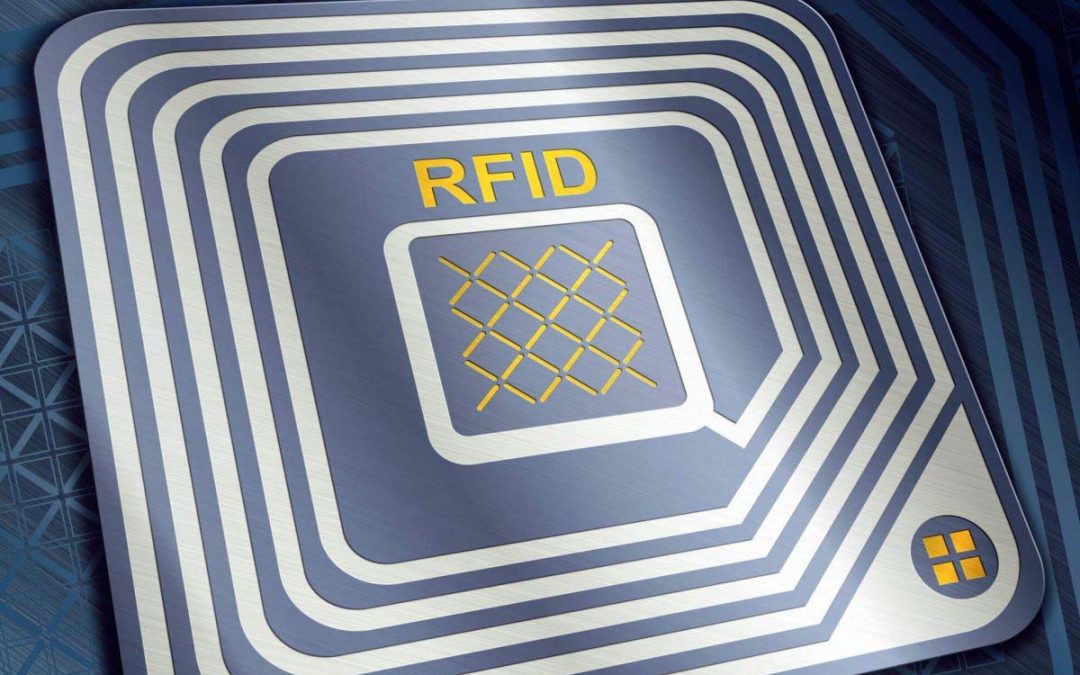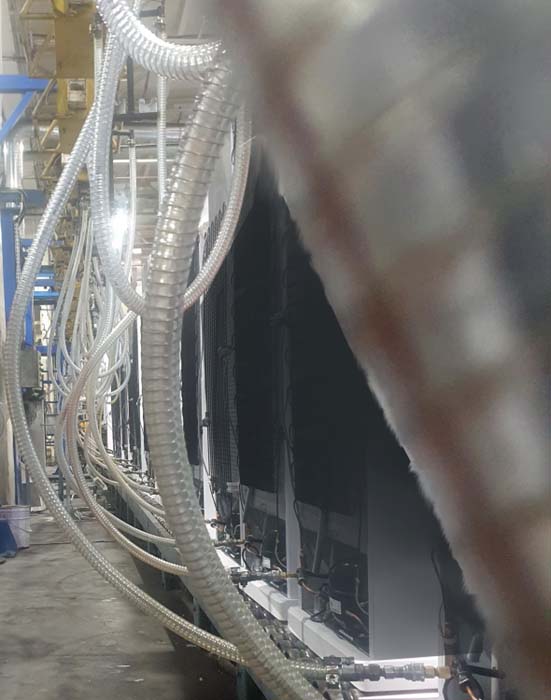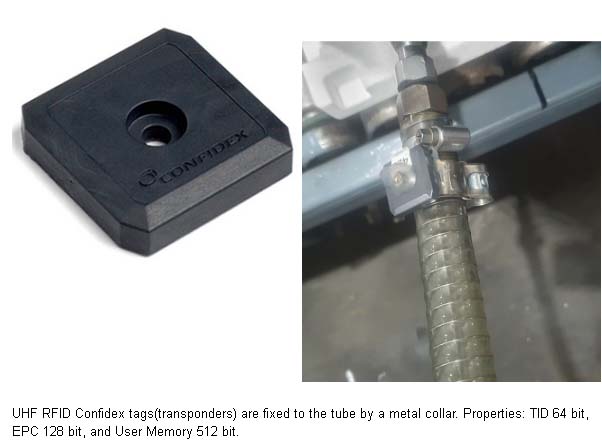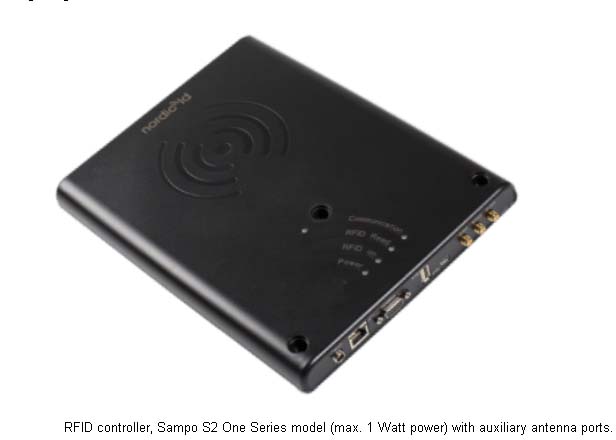Digitalization!
The definition of Digital Transformation sounds like “Action refers to the cultural, organizational, and operational change of a company by integrating digital technologies, processes, and competencies at all levels and functions, which is done strategically and in stages”. But when we think of digitalization we are thinking of Intelligent Business, Smart industry, IoT, or other concepts that, in the end, must lead to total control of the processes in a company.
If we have data it means that we have not only traceability but also control over each activity. One determines the other. Everyone wins when data is analyzed and efficiently applied in the process using Machine Learning methods. Hurray !!! Everyone is happy!
There are also exceptional situations that are frequently encountered in manufacturing, logistics, asset inventory, or any other cases where there are no digital systems around it. Cases in which certain operations, for objective reasons, seem to be unable to be integrated into the automated or management systems. Fortunately, there is RFID technology that can contribute to the digitization of absolutely anything. Only RFID applications need to be developed, tested, implemented, and integrated. This can be applied as follows:
- asset tracking and equipment tracking – a way of automating the management and locating process of physical assets
- inventory control – avoiding counting errors, allowing multi-session inventory by marking each object of the inventory session ID.
- supply chain logistic – automatic tracking of every object, and each operator activity involved in a process, from the beginning to the end.
- optimize warehouse operations – mapping the entire warehouse bins, using RFID tags. Trace and control forklifts, or any other mechanical devices consuming fuel, by optimizing the route during the picking or shipping.
- loss control – keeping track of any unauthorized moving products.
- manufacturing – totally control when you have to use required materials or strict formulas. RFID tags monitor WIP and generate data at critical production stages.
- retail sales – improve stock accuracy in stores
…and so many other issues can be. Our needs and daily problems push us to imagine any possible solutions. The sky’s the limit…
Mission, almost, impossible!
Not long ago I faced such a situation at one of the largest Manufacturing Home Appliances in the EU. It was challenging because I had to use the RFID tag as both a sensor to detect the assembled product but also for the data. And as if that wasn’t enough, the RFID tag (transponder) was still in all sorts of positions during processing. This had a disastrous effect on the application due to the reflections of the radio waves. I had to determine exactly from which assembled product I was reading or writing data. The finished product consisted of a vacuum system. This product, in one of the assembly operations, must go through a vacuuming procedure. The problem arose due to the connection of the vacuum pumps which made the work of the operators difficult and the identification of the product by serial number in the most traditional ways, absolutely impossible.
Houston! We don’t have a problem!
Et Voila! RFID (UHF) technology has been the solution! We can attach the RFID tag to any object and through the ability to read and write memory, it becomes a Data Entity in itself. Data can become the key to the relationship between objects and integration with other systems. It has become almost a regular practice to use the RDBMS SQL database to communicate between different elements of a system and thus generate infernal data traffic. RFID, through the data it may contain, can avoid such problems. To reduce the additional costs both for the maintenance of the SQL databases but also for the routing of the data in the local network or internet.
Of course, not everything is beautiful, and “La vie en rose” from the beginning but in the end, the result is fabulous. UHF RFID has a great technological advantage that can become a nightmare when implemented in an application. There is the advantage of standardizing the protocol called “anti-collision”, which allows the identification of all tags that are within range of the RFID controller, to be performed in a unit of time that can be considered R (eal) T (ime). 255 tags / second or more can be identified. For the auditors who carry out inventories but also for those in logistics who want to know everything about all the objects in a short time, it is very helpful. Instead, that’s exactly what I didn’t need. I had to identify exactly which RFID tag is associated with the vacuum pump that was attached to the assembled product in front of the RFID controller. When I turned on the RFID controller, all the RFID tags appeared in the software like “flower petals”. (What a beauty! But what a headache!). This is the strong argument for choosing the proper hardware which has the ability to handle the signal gain.
The architecture of the software application was made according to the requirements but also of the existing hardware. A C/C ++ server application has been developed to ensure the operation of the NurApi functions that manage the NordicID Sampo S2 One Series controller as well as the Snap7 class in communication with the Siemens S7 PLC, TCP / IP stack for barcode scanners before entering the product in the “vortex” of pumps vacuum tubes and MODBUS protocol to collect data from the DAQ and save them in SQL DB.
Mystery solved. Case Closed !!
Despite all the concepts that have emerged in recent years in which digital technologies are involved (when I say “digital” I mean Nyquist, … the digital field proper), RFID technology has evolved constantly and efficiently in the last 15 years.
The major benefits of RFID technology are at least the ones listed below,
- interacting in operations or processes without human intervention. Once attached to an object, it can be tracked anywhere where there is an RFID antenna connected to a controller.
- in Manufacturing, helps to put into practice Genchi Genbutsu, Poka Yoke, principles and techniques necessary for quality assurance during the manufacturing process but also provides the opportunity for Kanban implementation.
- being a device with a memory you can use binary data and data structures with operational attributes.
- may contain operational data for other automated devices or other applications with collaborative robots such as Universal Robot or industrial robots.
- elimination of errors and desynchronizations specific to heterogeneous distributed systems.
- can be password secured.
- it can be encrypted and, if necessary, self-destruct functions can be used.
Things have evolved very seriously for both tags/transponders and RFID controllers, in the sense that the area or direction of movement of a tag can be detected. Can cover the floor and transform in operational maps of huge spaces used in logistics, warehouses, and assembling lines. It can be used in absolutely any type of application.
If you liked this article, please subscribe to be up to date with other projects I have working with RFID technologies, and Computer Vision applied with Universal Robots collaborative robots.



